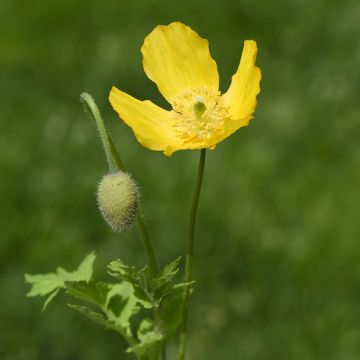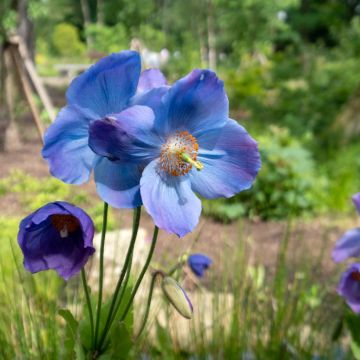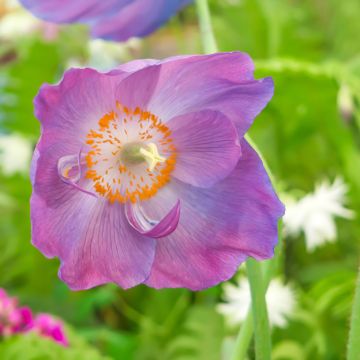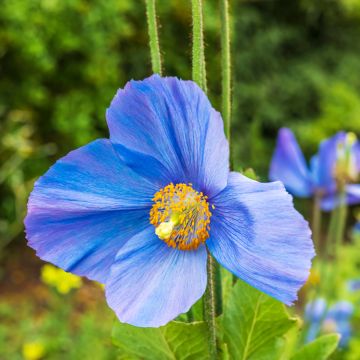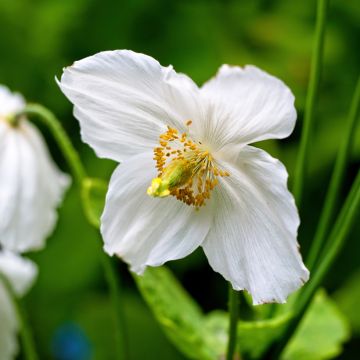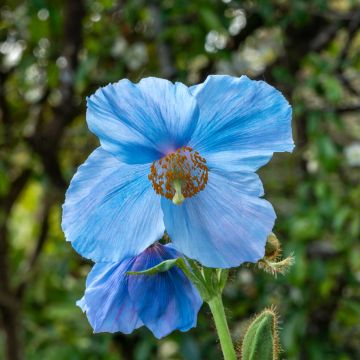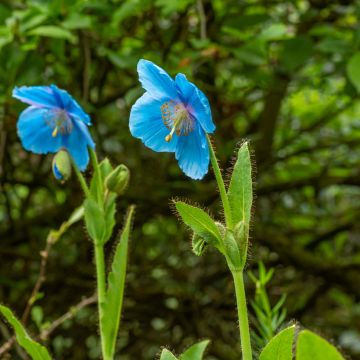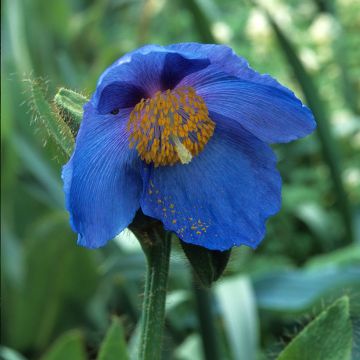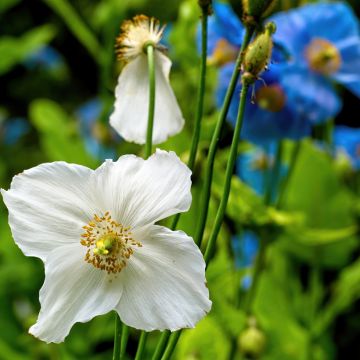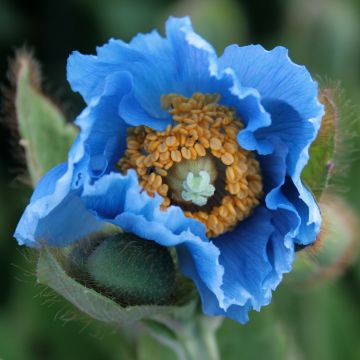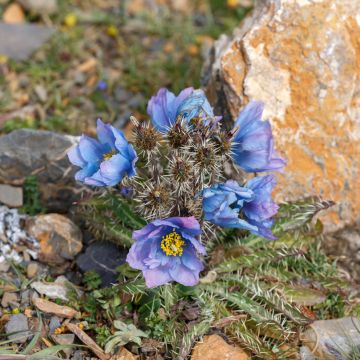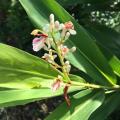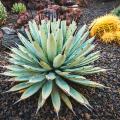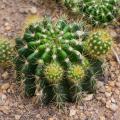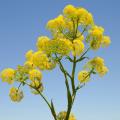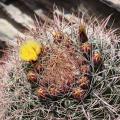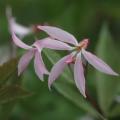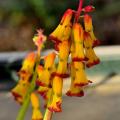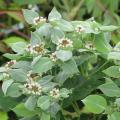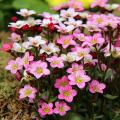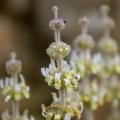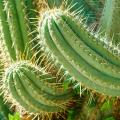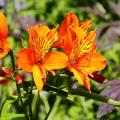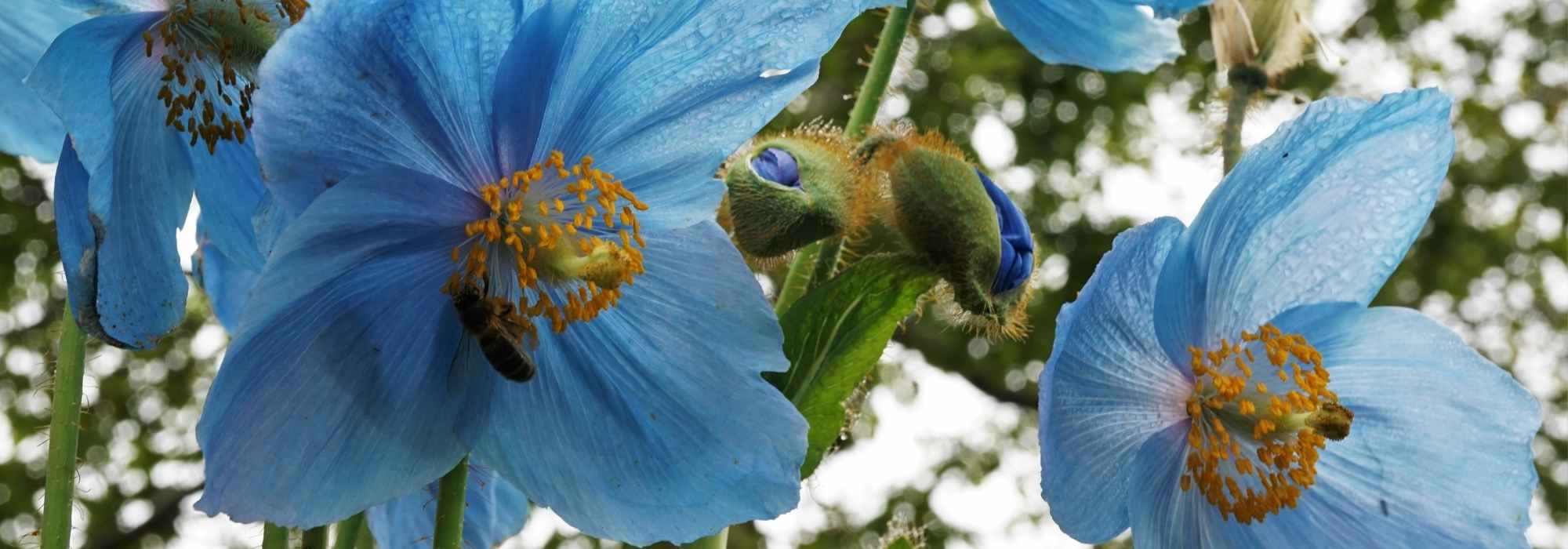Meconopsis
Would this plant suit my garden? Set up your Plantfit profile →
Available in 1 sizes
Available in 2 sizes
Available in 1 sizes
Available in 1 sizes
Available in 1 sizes
Available in 1 sizes
Available in 1 sizes
Available in 1 sizes
Available in 1 sizes
Available in 1 sizes
Available in 1 sizes
Available in 1 sizes
Meconopsis is a wonderful perennial plant from the Papaveraceae family, the most famous representative of which is the Himalayan Blue Poppy, the mythical Himalayan Blue Poppy. In fact, the species that make up this genus (approximately 50) are native to the Himalayas and the mountains of extreme western China, with the exception of the type species Welsh Poppy, with yellow flowers (or orange in the 'aurantiaca' variant). In cultivation, the giant blue poppy (Meconopsis grandis) is also found, which is distinguished by its large size, up to 1.50 m (5ft) in height and Meconopsis napaulensis, with flowers sometimes pink or red. Meconopsis are generally quite cold-hardy, but successfully growing them is not feasible everywhere. These plants have specific requirements for soil and climate, which can vary depending on the species. To learn everything about their cultivation, find the advice of our garden experts in the description of each plant.
Haven't found what you were looking for?





































